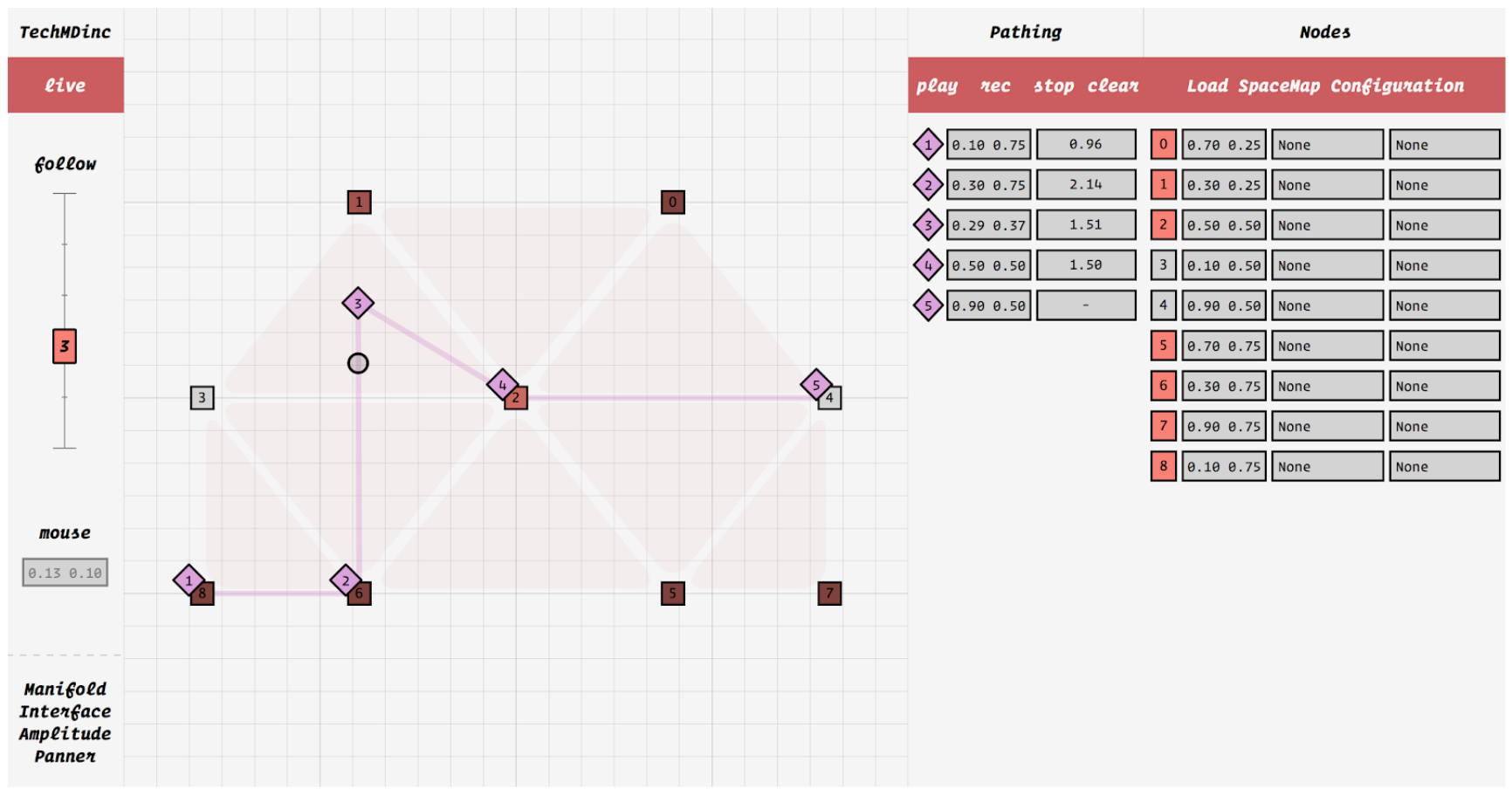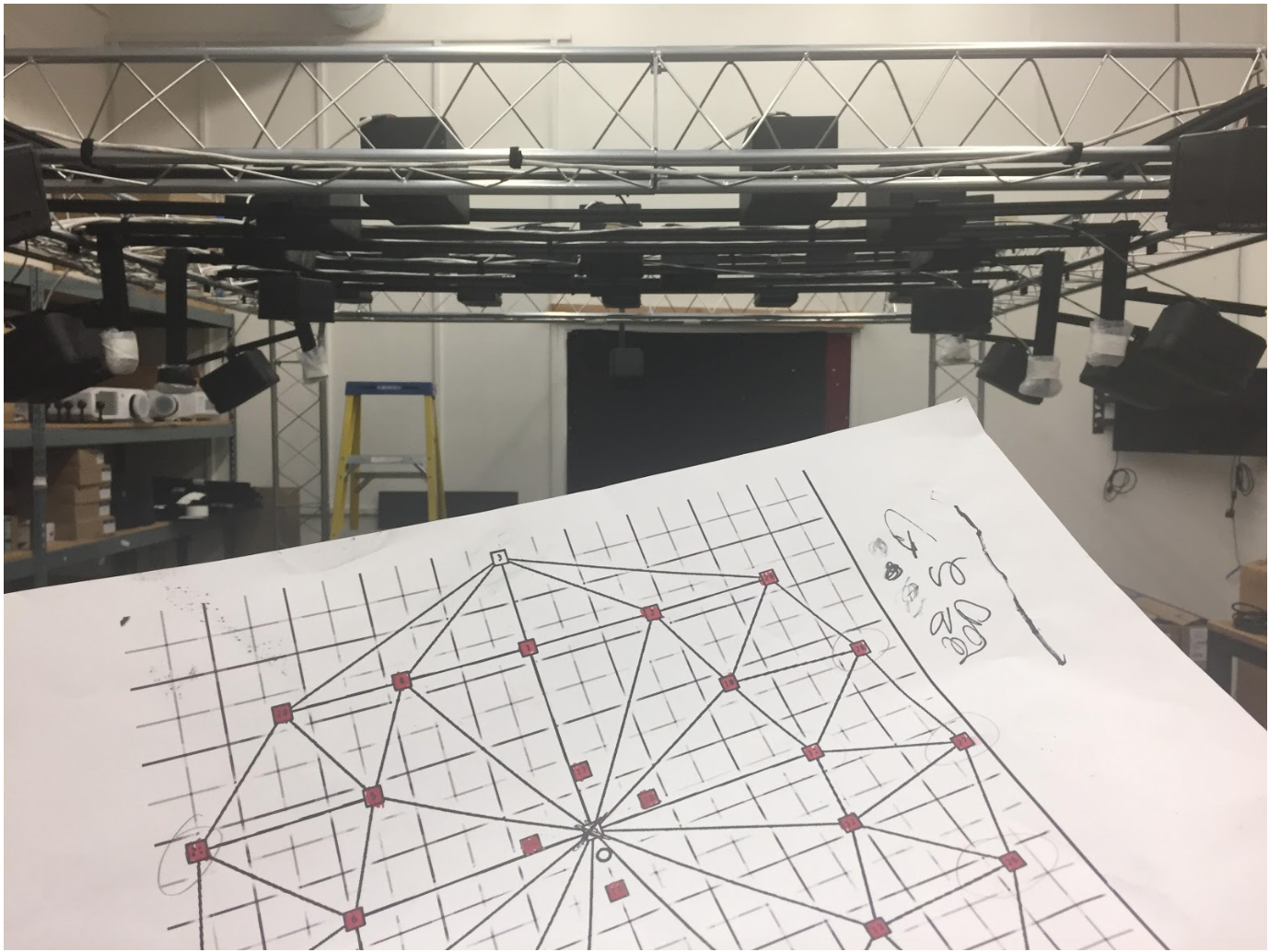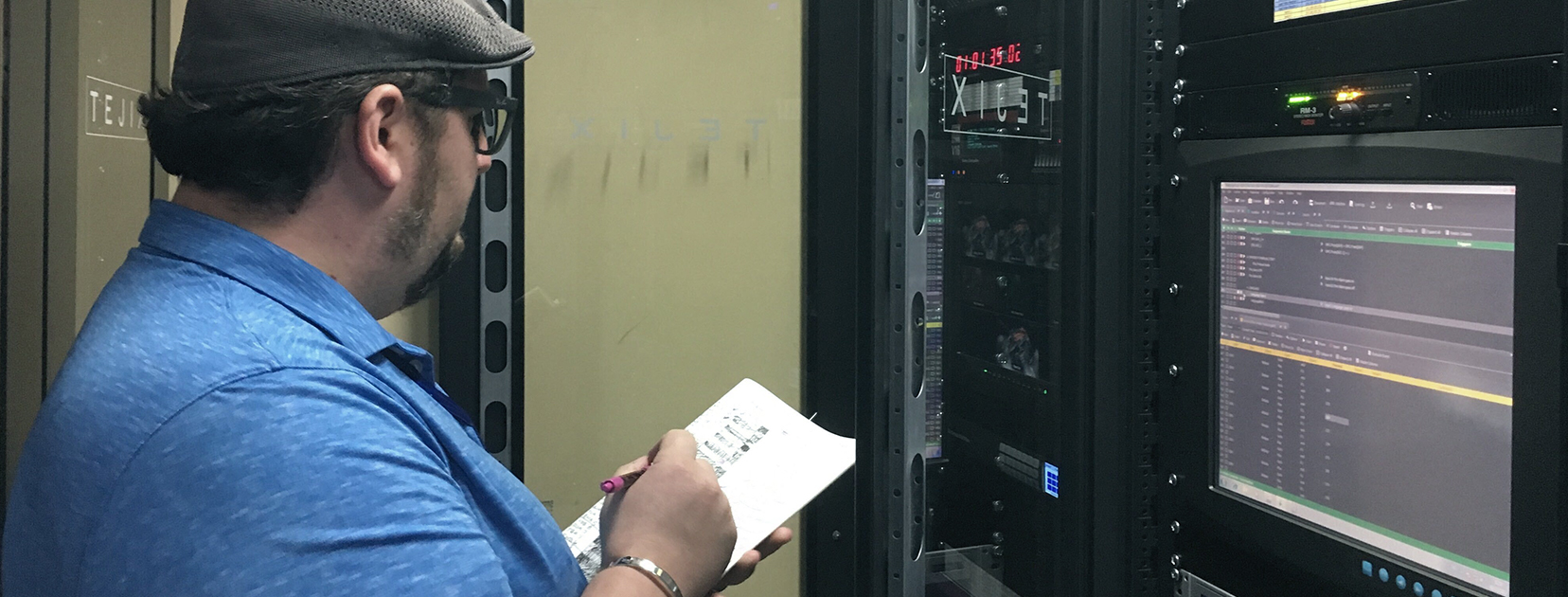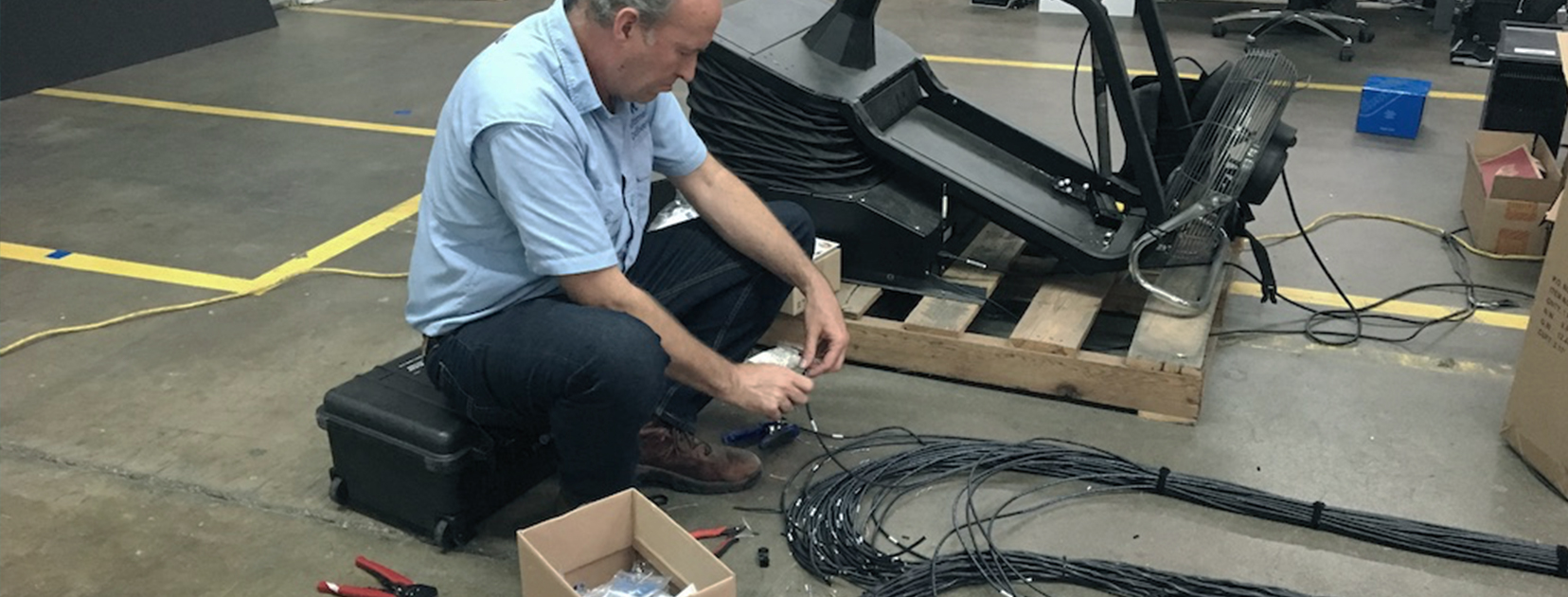The 290-seat Samuel Oschin Planetarium theater has told compelling stories about our universe to children and adults alike for decades. Within its state-of-the-art aluminum dome in Griffith Park Observatory, the planetarium has created awe-inspiring multimedia exhibitions addressing the mysteries of the cosmos and answering fundamental questions about our place within it.
TechMDinc was brought in to work with the observatory’s in-house team to create a modern solution for the planetarium’s outdated sound system. The team was tasked with not only installing new hardware, amps, and speakers for the dome, but also with creating a new audio control application that brought the audio system into the modern software world.
The original audio system ran on an outdated—though still functional— software technology that enabled sound designers to move audio through space. At the time, the team at the observatory had been using this software technology to actively moved the sound around the dome, in unison with their shows to create an immersive spatial experience for the visitors. This older technology would be incompatible with the new speaker system installed by TechMDinc, and a replacement solution was needed.
The TechMDinc team went to work creating a modernized sound spacialization application to replace the older system that had been used by the observatory. The new application would have to create a similar effect for visitors while being able to talk to the latest and greatest audio hardware.
What determines how sound is sent across the dome is an algorithm called Manifold Interface Amplitude Planning (MIAP). Using MIAP, each speaker is one node in a larger network of speakers. The dome has 28 speakers arranged to form triangles, with each set of three speakers called a tri-set.
Each speaker plays its own track, that matches the sound of the other speakers, but all of which play at different volumes based on the MIAP algorithm, making sounds feel like they are coming from one direction when you are standing inside the space.
In the image below, you can see MIAP in action with each square representing a speaker, and the purple diamonds representing the path the sound will take based on the algorithm.

In order to test their customized software solution, TechMDinc created a physical mockup that emulated the observatory’s speaker setup at their facility—they even had different planes for the speakers, though not as layered as the dome in the planetarium.
Creating the mockup took about a month using Audio Video Bridging (AVB) network protocols to get the amps networked in the system. The team installed a cage just below the ceiling that housed all the networked speakers.

During testing, the team used 360 video and 3D microphones while playing a sound file of birds chirping to see how the sound traveled when playing back the recording. They also had team members come in to listen and take notes on how the system sounded. After each recording and listening session, TechMDinc made iterations to their mockup until it matched what they expected the planetarium to sound like during a show.
Satisfied with their new software, they named it Galaxy Atlas in a cheeky homage to the original SpaceMap. The new application enables a user to control the position of the sound by drawing on a pre-configured map of the space, which then sends HUI MIDI to a Pro Tools rig for fader automation. The application can be further adapted to any multi-channel DAW that accepts OSC/MIDI if the need arises.
Along with installing a Q-SYS integrated AV control platform, TechMDinc took all of the observatory’s old shows and bounced them into tracks that can be played back using Pro Tools. No more playing SpaceMap in unison with their shows, now the show team at the planetarium just has to press play. Even more, the application enables the observatory to create spatial audio track files for new shows, ensuring Griffith Observatory will continue to delight audiences for decades to come.





